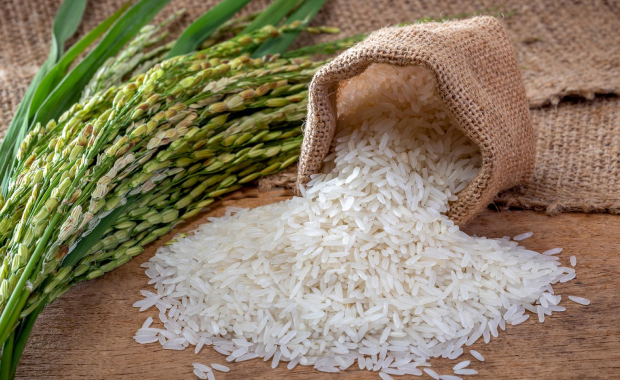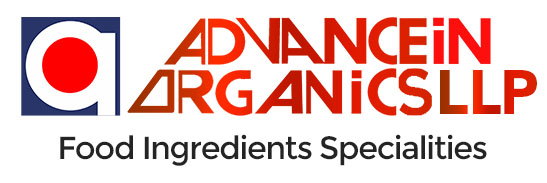Ferric Pyrophosphate Manufacturer
Introduction
Ferric pyrophosphate is a widely used iron supplement in food fortification. This document provides a detailed overview of its properties, analytical results, and economic benefits, particularly for Advance Inorganics LLP.
Appearance
Ferric pyrophosphate typically appears as a yellowish or white powder. Its physical form makes it suitable for various applications in food fortification.
Synonyms
Ferric pyrophosphate, Iron(III) pyrophosphate, 10058-44-3, Iron pyrophosphate, Iron(3+) pyrophosphate, Diphosphoric acid iron(III) salt, Iron(3+) salt (3:4)
Molecular Formula
Fe4O21P6
Molecular Weight
CAS Number
General information about Ferric Pyrophosphate
Ferric pyrophosphate is insoluble in water and has a neutral to slightly acidic pH. The assay typically contains around 25-30% iron, making it an effective source of iron.
The typical COA for ferric pyrophosphate includes:
- Iron content: 25-30%
- Loss on drying: <5%
- Particle size: 95% < 100 microns
Ferric pyrophosphate is tested for heavy metals to ensure safety. The typical limits are:
- Lead: <2 ppm
- Arsenic: <1 ppm
- Cadmium: <1 ppm
- Mercury: <0.1 ppm
Ferric pyrophosphate is compared with other ferrous salts such as ferrous sulfate and ferrous fumarate.
The comparison highlights its advantages in terms of stability, taste impact, and cost-effectiveness.
Comparison Table
| Property/Aspect | Ferric Pyrophosphate | Ferrous Sulfate | Ferrous Fumarate |
|---|---|---|---|
| Iron Content | 25-30% | 25-30% | 32-33% |
| Solubility | Insoluble in water | Soluble in water | Slightly soluble in water |
| Taste Impact | Minimal | Can cause metallic tast | Minimal |
| Stability | High | Moderate | High |
| Cost-effectiveness | Economical for large-scale production | Less economical due to solubility | Moderate |
| Suitability for Rice | Excellent due to stability and taste | Less suitable due to taste issues | Suitable |
| Fortification | Ideal for fortification | Commonly used but less stable | Good for fortification |
Ferric pyrophosphate is regulated under various international standards. Key regulatory information includes:
- HS Code: 2829.90
- EINECS Number: 233-190-0
- Molecular Formula: Fe4(P2O7)3
- CAS Number: 10058-44-3
Economic Benefits for
Advance Inorganics LLP
Ferric pyrophosphate offers significant economic benefits for Advance Inorganics LLP. Its cost efficiency and minimal taste impact make it ideal for large-scale production, particularly in rice premix and food fortification markets.



